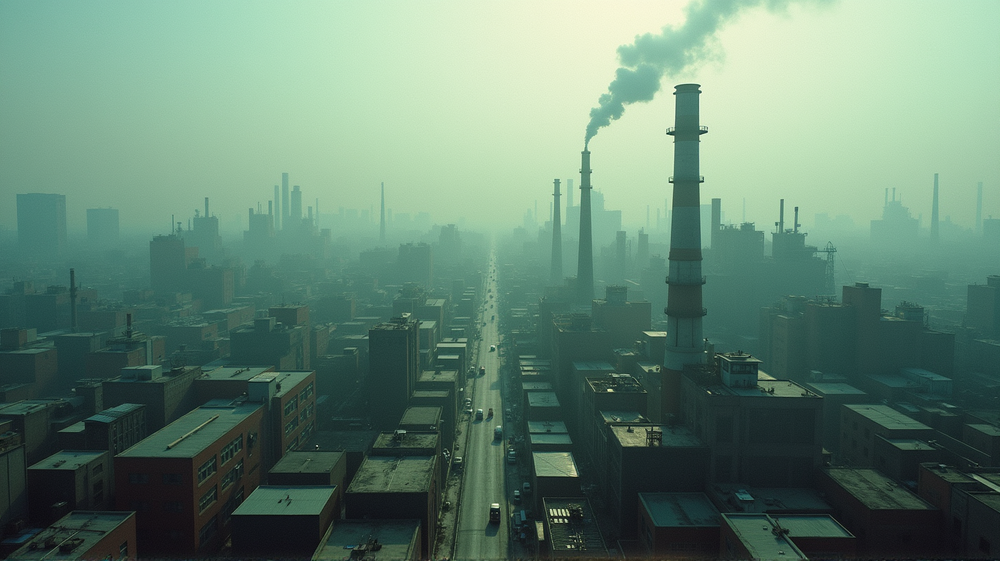Hiroshima University has unveiled a groundbreaking economic model that intricately weaves together the threads of productivity with the ever-looming shadow of pollution. At its core, the model presents a dynamic view of how productivity distribution among firms interplays with environmental factors, shaping the tapestry of regional development. According to Mirage News, this approach could redefine how policymakers support balanced and sustainable growth.
Industrial Agglomeration: Dual Blades of Growth
Industrial agglomeration, often a double-edged sword, describes the clustering of industries and workforce in regions, driving technological progression and economic growth. Yet, the very density and concentration that fuel this growth often lead to environmental challenges. Hiroshima University’s analysis sharply illustrates how the very engines of growth could throttle themselves under pollution’s weigh.
Professor Yiming Zhou of Hiroshima University explains, “While industrial agglomeration cultivates innovation, it simultaneously risks tainting the environment, creating barriers that stifle further growth. Our model uncovers the delicate balance required to align these forces.”
The Pflüger Model: A New Horizon
Expanding upon the established Pflüger model, Zhou’s enhancements don’t just observe economic data—they dissect it. The previously overlooked firm heterogeneity now stands at the forefront, illustrating how differences in productivity influence trade and regional zones. This insight provides new avenues for understanding economic landscapes.
Pollution’s Unyielding Role
By integrating environmental pollution into the fold, the model reveals a relentless truth: pollution might hinder industrial concentration, yet the diversity in firm productivity could fuel regional agglomeration even amidst such dispersion forces. This finding suggests a nuanced policy realm where environmental regulations don’t oppose, but rather complement, economic pursuits, as stated by Zhou.
Policy Implications: Crafting Future Strategies
From carbon taxes to technological subsidies, Zhou’s model serves as a blueprint for policymakers aiming for sustainable regional evolution. By aligning economic incentives with environmental protections, regions can foster growth without compromising on ecological well-being. The blueprint is clear—innovation and meticulous regulation must walk hand-in-hand.
Future Applications and Research
Looking ahead, Zhou aims to extend this model beyond traditional boundaries, aspiring to contextualize it within multi-regional frameworks and to measure the impact of carbon taxation on industrial distribution. This future endeavor promises to fortify our understanding of economic geography in our ever-evolving world.
In a world where policy shapes our regional landscapes, Hiroshima University’s strides in economic modeling reveal a path to growth that is as sustainable as it is prosperous.












